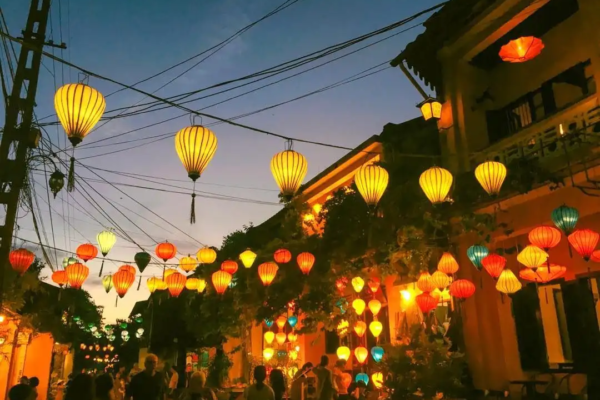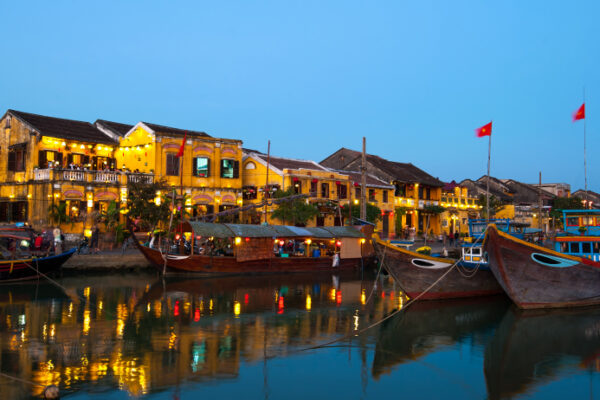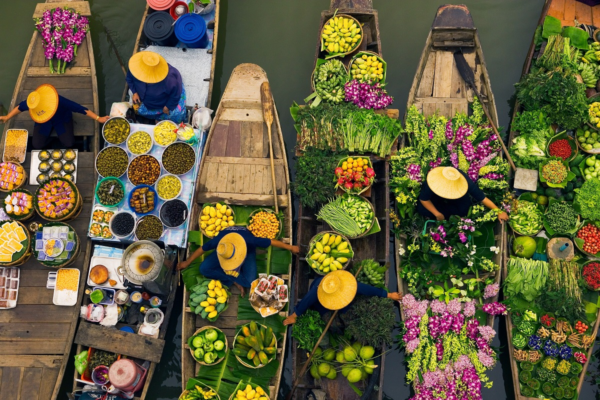As I stepped off the overnight train from Hanoi, the cool mountain air of Sapa enveloped me like a refreshing embrace. The misty peaks of the Hoang Lien Son range loomed in the distance, promising adventure and cultural immersion. My destination? A Sapa homestay in the heart of Sapa’s ethnic minority villages. Little did I know that this experience would not only change my perspective on travel but also forge connections that would last a lifetime.
Choosing Your Sapa Homestay: A Window into Local Life
Selecting the right Sapa homestay is crucial for an authentic Sapa experience. After extensive research, I opted for a family-run homestay in Ta Van village, about 10 kilometers from Sapa town. This decision was driven by the desire to escape the tourist crowds and truly immerse myself in the local way of life among the sapa hill tribes.
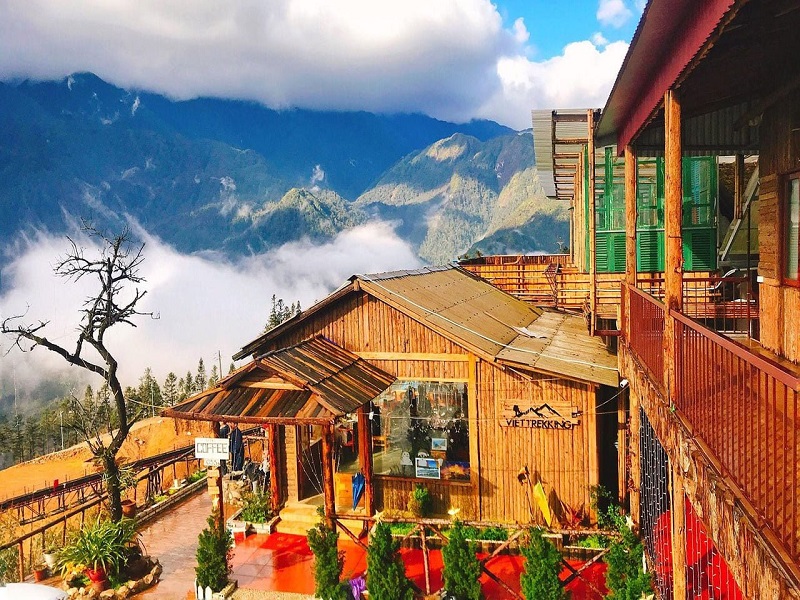
A traditional Sapa homestay nestled among the rice fields.
When choosing a Sapa homestay, look for those run by local families rather than larger, more commercialized operations. This ensures a more genuine experience and directly supports the community.
My host family belonged to the Giay ethnic group, one of the many sapa hill tribes that call Sapa home. Their wooden stilt house, nestled among terraced rice fields in Ta Van village, offered breathtaking views of the valley below. The accommodations were basic but comfortable – a shared sleeping area with mattresses on the floor, warm blankets, and mosquito nets.
What truly set this Sapa homestay apart was the warmth of my hosts. Despite the language barrier, their genuine smiles and eagerness to share their culture made me feel instantly at home. From the moment I arrived, I was treated not as a guest, but as a member of the family.
Immersing in Daily Life: From Rice Fields to Kitchen Fires
One of the most rewarding aspects of a Sapa homestay is the opportunity to participate in daily activities. My mornings began early, awakened by the gentle clucking of chickens and the aroma of wood smoke from the kitchen fire in Ta Van village.
After a breakfast of steaming pho and strong Vietnamese coffee, I joined my host family in their daily tasks. One day, I found myself knee-deep in a muddy rice paddy, learning the art of rice cultivation. The work was backbreaking, but the laughter and camaraderie made it an unforgettable experience.
In the afternoons, I often accompanied the women of the household as they foraged for herbs and vegetables in the surrounding forests. Their deep knowledge of local plants and their medicinal properties was astounding. Each walk became a lesson in botany and traditional medicine from the sapa hill tribes.
Evenings were spent around the kitchen fire, helping to prepare dinner. Here, I learned the secrets of Giay cuisine – the perfect balance of flavors in a bowl of thang co (a traditional horse meat soup) or the technique for wrapping the perfect nem (spring roll).
Don’t be shy about offering to help with household chores. It’s a great way to learn about local life and build a connection with your host family.
Exploring Sapa’s Ethnic Markets: A Feast for the Senses
No visit to Sapa is complete without exploring its vibrant Sapa ethnic markets. My host family was kind enough to take me to the Bac Ha Sunday Market, about two hours from Ta Van village. This weekly gathering of various sapa hill tribes is a riot of color, sound, and scent.
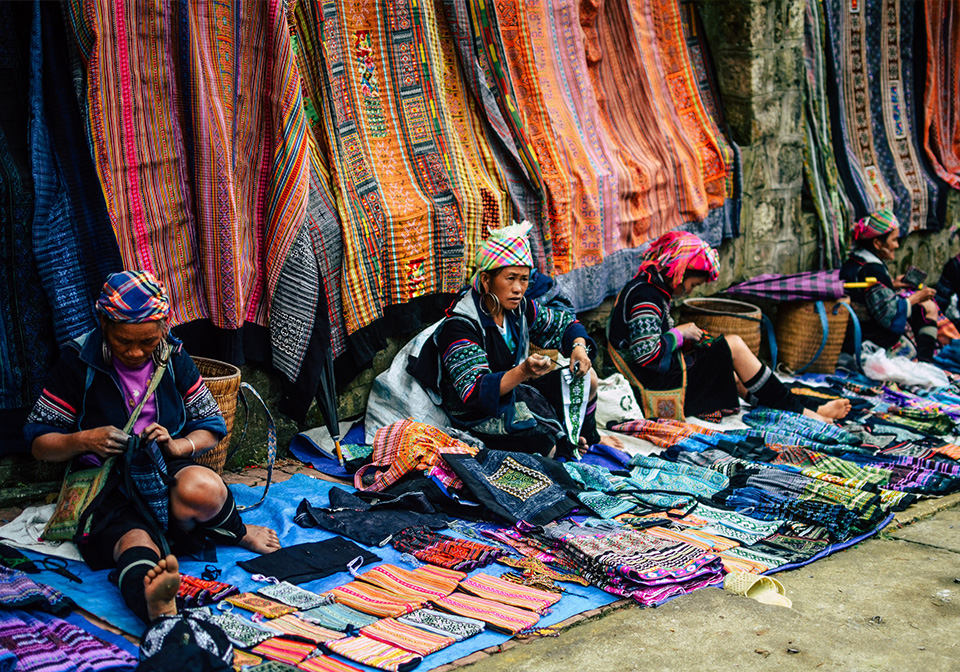
The vibrant atmosphere of Sapa ethnic markets.
The market is divided into sections, each a treasure trove of local products. In one area, I marveled at the intricate handwoven textiles and silver jewelry crafted by H’mong artisans. In another, I sampled local delicacies like thit lon cap nach (smoked pork) and ruou ngo (corn wine). Visiting Sapa ethnic markets is a unique cultural experience.
What struck me most was the social aspect of the market. For many sapa hill tribes people, this weekly gathering is their main opportunity to meet friends, exchange news, and perhaps find a potential spouse. The air was filled with laughter, haggling, and the musical sounds of various ethnic languages.
[Tip] Visit the market early in the morning to see it at its liveliest. Bring small denominations of Vietnamese dong for purchases, and always ask before taking photos of people.
Trekking Through Sapa’s Stunning Landscapes
One of the highlights of my Sapa homestay experience was a guided trek through the surrounding countryside. My host’s teenage son, fluent in English thanks to interactions with tourists, served as my guide.
We set off early, winding our way through terraced rice fields that seemed to defy gravity as they clung to steep hillsides. The landscape was a patchwork of emerald green and golden yellow, depending on the stage of the rice harvest.
Our trek took us through several small villages, each home to a different ethnic group from the sapa hill tribes. In a Red Dao village, we paused to observe women practicing their traditional batik dyeing techniques. In a Black H’mong settlement, we were invited into a home to share a cup of green tea and learn about their animist beliefs. Trekking through the villages of the sapa hill tribes near Ta Van village was incredibly insightful.
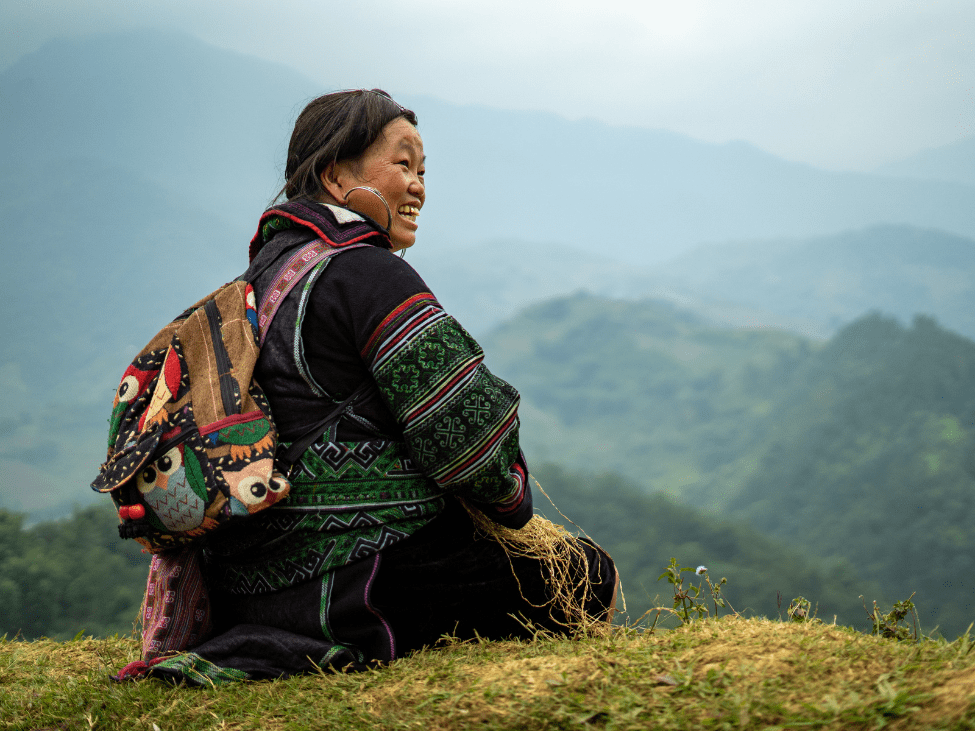
Meeting people from Sapa hill tribes during a trek.
The physical challenge of the trek was rewarded with breathtaking vistas at every turn. Standing atop a ridge, gazing out over the mist-shrouded valleys below, I felt a profound connection to this land and its people.
[Tip] Wear sturdy hiking shoes and bring plenty of water. The terrain can be challenging, especially during the rainy season. Always follow your guide’s advice regarding safety and respecting local customs.
Reflections on a Sapa Homestay: More Than Just Accommodation
As my time in Sapa drew to a close, I realized that this Sapa homestay experience had been far more than just a place to sleep. It had been a window into a way of life that has endured for centuries, a chance to forge genuine connections across cultural divides with the sapa hill tribes, and an opportunity to challenge my own preconceptions about comfort and happiness.
The memories I treasure most are not of grand vistas or exotic foods, but of quiet moments shared with my host family. The laughter as we struggled to communicate across language barriers, the pride in my host’s eyes as she taught me to weave, the contented silence as we sat together watching the sun set over the rice terraces in Ta Van village.
A Sapa homestay offers more than just accommodation; it offers a chance to step out of your comfort zone, to learn and grow, and to gain a deeper understanding of a culture vastly different from your own. It’s an experience that will stay with you long after you’ve returned home, influencing how you view the world and your place in it.
For those seeking to explore more unique travel experiences like this, I recommend checking out Find Tour Go for inspiration and practical travel advice.
As I boarded the train back to Hanoi, my backpack was heavier with gifts and souvenirs, but my heart was lighter, filled with the warmth of newfound friendships and the richness of shared experiences. Sapa had not just been a destination; it had become a part of me, largely thanks to the authentic Sapa homestay experience among the sapa hill tribes and the vibrant Sapa ethnic markets.

